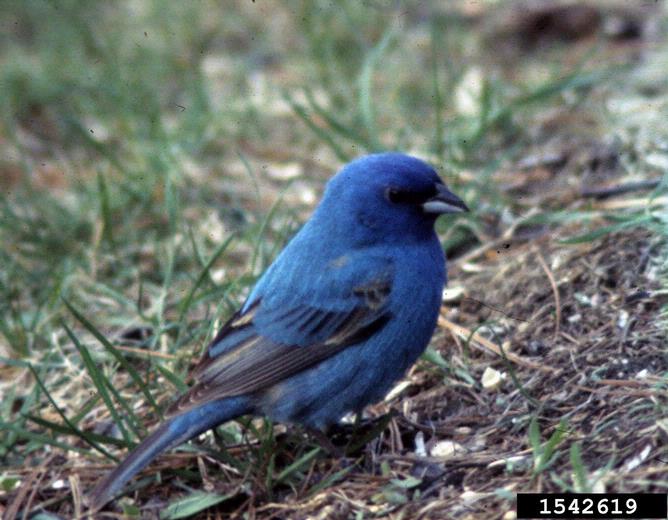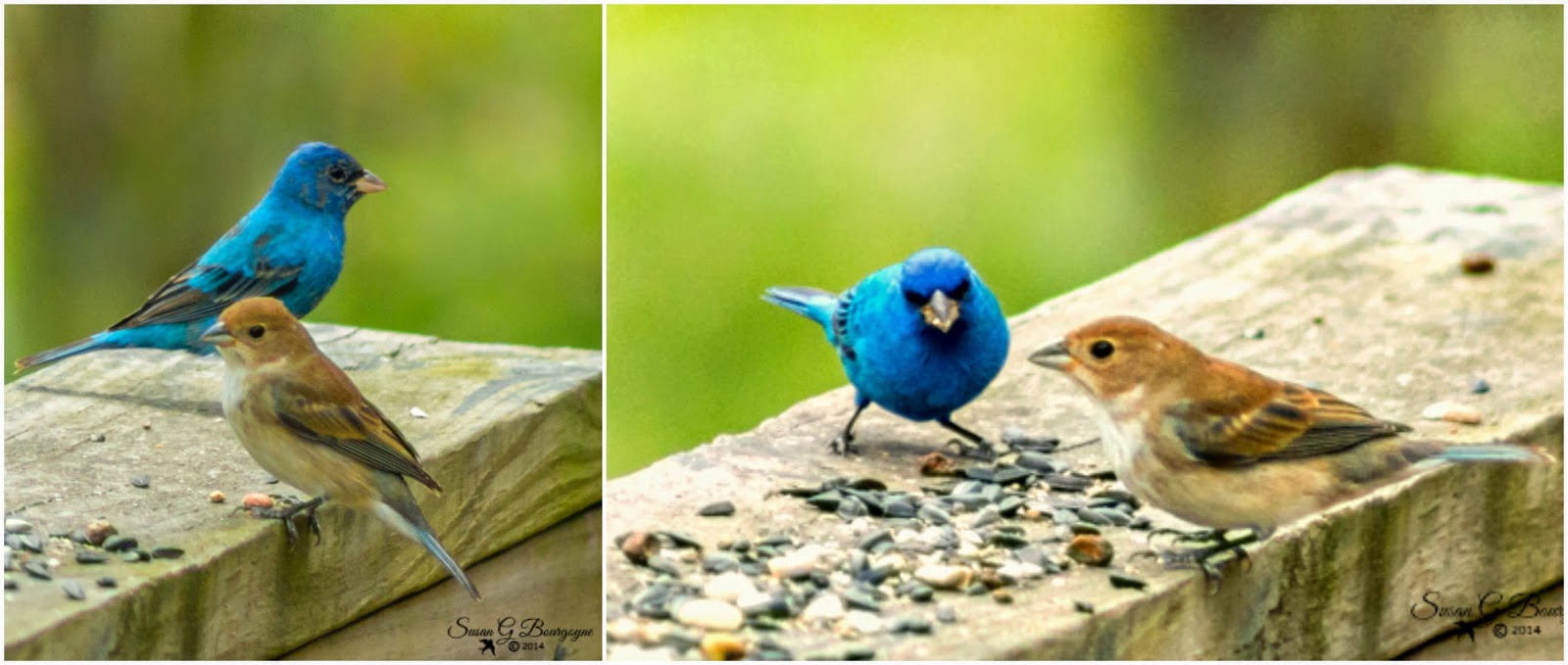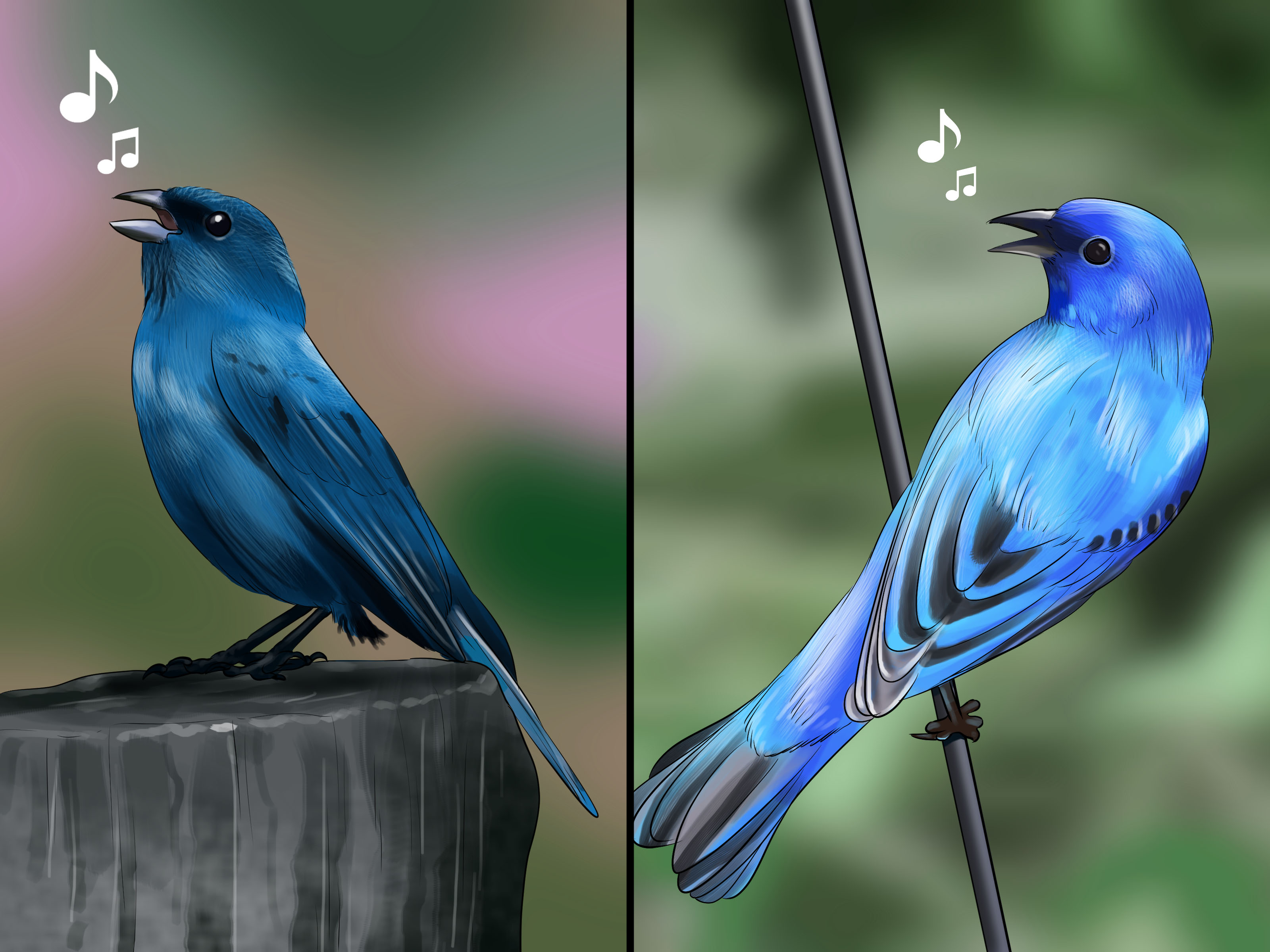
In thisĬase the molt limit among the primaries is particularly indistinct.Ī somewhat unusual pattern, where only the first three greater coverts have been replacedĭuring the prealternate molt, and none of the tertials have been, yet the innermost secondary Primaries and the outer formative primaries is less obvious than in the previous example.Īnother variation on the same theme, with a molt limit in the midst of the greater coverts,Īnd only the centrail tertial and the sixth secondary replaced during the prealternate molt.Īnother example where the outermost two greater coverts have not been replaced. Molt, which is quite common in this species.Ī slight variation on the pattern above, with a molt limit among the greater coverts andĪnother among the tertials also note that the contrast between the retained juvenile

Note also the molt limits between the tertialsĪnd the secondaries, and among the primaries, the result of an eccentric preformative The retained pale juvenile primariy coverts. Other common molt limits include bold contrasts among the inner secondaries and tertials and among the outermost primary coverts and alula, but as the examples below illustrate, the pattern is quite variable.Ī typical SY male wing, showing a distinct molt limit between the dark greater coverts and The opened wing provides the easiest way to recognize second-year males,Īs the plain brown primary coverts always contrast noticeably with theīlue-edged greater coverts. Molt limit showing between the blue and black greater coverts and the brown flightĪn example of a much more thoroughly blue SY male, but note that the molt limit betweenīrownish primary coverts without blue edging and theīraddock Bay Bird Observatory (NY), May 2010Īnother view of a SY male, highlighting patches of brown on the back and wings. Second-year males are mostly blue, but usually enough retained brown juvenalįeathers can be spotted even on a perched bird to easily distinguish them from ASY males.Ī rather mottled SY male, with flecks of brown across the head and back, in addition to a sharp Photo by Peter Pyle, Oaxaca (MEX), March 2010Īlthough both HY/SY and AHY/ASY Indigo Buntings are believed to molt their tail during winter, ASY males in spring often appear to have rectrices that are more rounded at the tip, showing less wear, and with more blue edging than SY males.Īn ASY male tail in particularly good condition, showing broad and rounded rectrices with aįair amount of blue edging, especially on the central feathers.Īnother example of an ASY male tail with broad and fairly rounded rectrices, and somewhat Photo by Peter Pyle, Merry Lea (IN), May 2007Īn ASY male earlier in spring, with a significant amount of buff edging to the greater coverts,īut otherwise similar to the other examples in terms of extent of blue edging on the wing. Note that depending on lighting, the appearance of the blue plumage may vary considerably in appearance, as shown by the photos below.Ī typical ASY male wing, with bold blue edging on the greater coverts, primary coverts,Īnd tertials, and a bit of blue edging on some of the secondaries.Ī similar example, but with narrow blue edging on all the secondaries, as well as the primaries. The distinct blue edging to the primary coverts is indicative ofĪfter-second-year males. Retained brown juvenal feathers visible anywhere.Ī typical ASY male, blue all over, with a somewhat darker head.

The result of this is that especially in fall, individuals of the same age and sex can look considerably different, and caution is required to interpret plumage features correctly.Īfter-second-year male Indigo Buntings are almost entirely blue, with Note that the molt sequence of the Indigo Bunting is unusually complex, as it also includes a presupplemental molt, and both the preformative and prebasic molts occur during migration. Hatch-year males (note that these may have a few blueįeathers on the rump or among the lesser coverts)Ģ ) Look for molt limits among the primaries or secondaries, which are indicative of a HY/SY bird.ĭistinct blue edging, while on HY/SY birds they are entirely brown without edging females show less variation in colour, but AHY/ASY females have broad and rounded coverts, while HY/SY females they are more narrow and tapered (the same is true for males, but of less importance given the superior reliability of the edging)

With small amounts of blue on the breast, whileĪlmost entirely brown birds may be females or Consider the overall plumage - extensivelyīlue birds are males, as are largely brown birds


 0 kommentar(er)
0 kommentar(er)
